About the CAE MAB network
Find out more about the creation, the members and the objectives of the Continental Aquatic Ecosystems Network of Biosphere Reserves
In the Seville Strategy and Lima Strategy, the States were encouraged to create regional and/or thematic cooperation networks between the biosphere reserves, in the aim of developing information exchange and strengthening collaborations between territories with similar ecosystems and/or common management actions.
The World Network of Biosphere Reserves is composed of different networks which have been created to work on specific themes: mountains; tropical forests; island and coastal areas; savannahs; arid zones; agroecosystems and finally urban areas.
Many biosphere reserves are concerned by continental aquatic ecosystems. As this issue is so important in many discussions and for the development of territories and humans, biosphere reserves wished to launch a working group on ‘watercourse and catchment management’. This network must allow us to talk together about our problems, solutions and sticking points in order to solve them.
History
In 2015, the Dordogne basin biosphere reserve made an inventory of the biosphere reserves concerned with fluvial ecosystems and involved in their management. The watercourses management is a central issue for the Dordogne basin because the Dordogne River is the core zone of the biosphere reserve area.
During the European and North American Biosphere Reserves meeting that took place in Sarlat in 2017 (‘EuroMAB 2017’), a first working group gathered and worked on networking biosphere reserves concerned with watercourses and their management.
In the Sarlat workshop, delegates have been working on a collective declaration which formalizes the objectives of the future Continental Aquatic Ecosystems Network (CAE-MAB).
Objectives
- To contribute to international reflections on the future of aquatic ecosystems
- To organise regular meetings to share scientific knowledge and positive experiences
- To implement an online platform to support the exchange of information and best practices among
biosphere reserves (scientific knowledge, positive experiences and exemplary actions, project proposals…) - To develop joint communication (Edit a CAE-MAB publication…)
- To implement joint actions to improve recognition of the MAB programmes and
biosphere reserves by the different decision-making authorities - To organise and carry out study tours with a training objective
- To favour and promote intercultural exchanges
Network’s members
To date, the Continental Aquatic Ecosystems Network gathers biosphere reserves which activity is related to aquatic ecosystems management.

